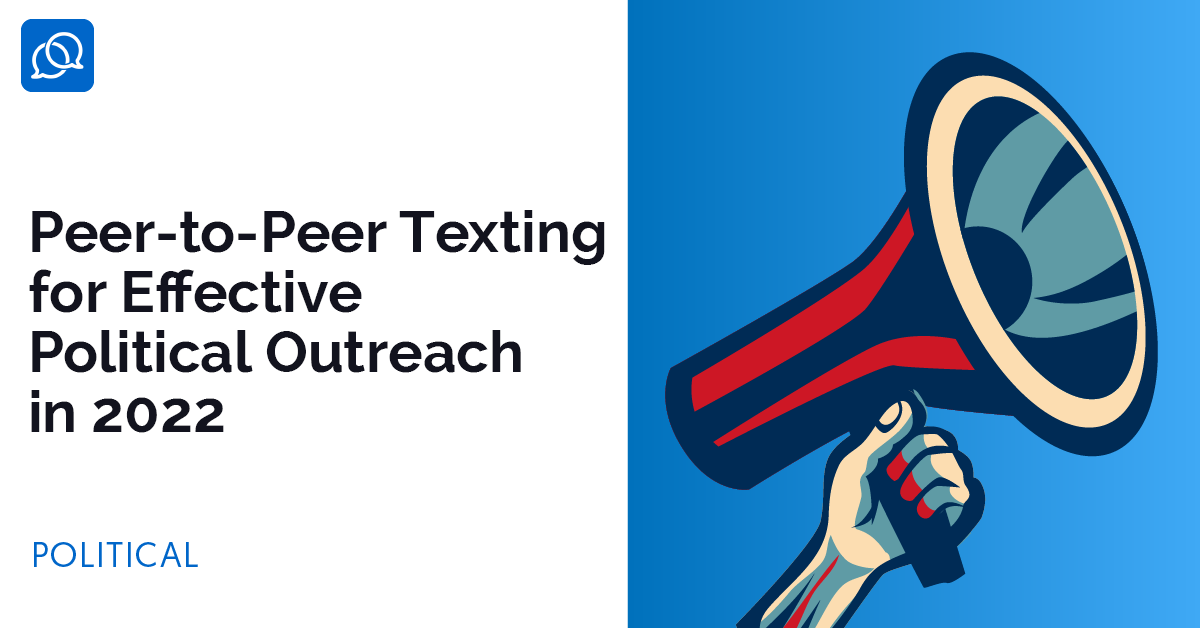
With the ever-growing popularity of peer-to-peer texting, it’s no wonder that campaigns are turning to this effective communications tool for political outreach. Peer-to-peer texting allows individuals to communicate directly and bypass traditional media outlets. This blog post will discuss how peer-to-peer texting can be used as an effective political outreach strategy. We’ll cover everything from setting up your campaign to sending out messages that resonate with voters. Let’s get started!
What is peer-to-peer texting, and how does it work?
Create Templates
Personalize your text templates for the recipients.

Send Messages
Send each text individually by just clicking SEND.

View Replies
Respond to replies & manage your conversations.

Peer-to-peer texting is a two-way text messaging system that enables individuals to communicate directly. This outreach strategy is perfect for political outreach as it allows campaigns to send targeted messages to specific voters. You will also receive voter feedback in real-time.
Campaigns use peer-to-peer texting to simultaneously send out bulk texts to large groups of people. Voters then reply directly to the campaign, and their responses are relayed to the campaign team immediately. This allows campaigns to quickly gather feedback from voters and make changes or adjustments based on what they’re hearing.
Why is peer-to-peer texting such an effective tool for a political outreach strategy?
In the world of political campaigning, there is no substitute for a personal conversation. Each voter feels like you’re reaching out just to them and taking their needs into account before Election Day. That’s why peer-to-peer texting can be so compelling!
It allows your campaign volunteers or staff members to reach thousands of voters with a mobile phone and internet connection. All while maintaining that one-on-one feeling between candidate and constituent.
Peerly is also manageable on your wallet! it only costs pennies per message sent by your volunteer, not dollars like traditional direct mail or robocalls!
So how does it work?
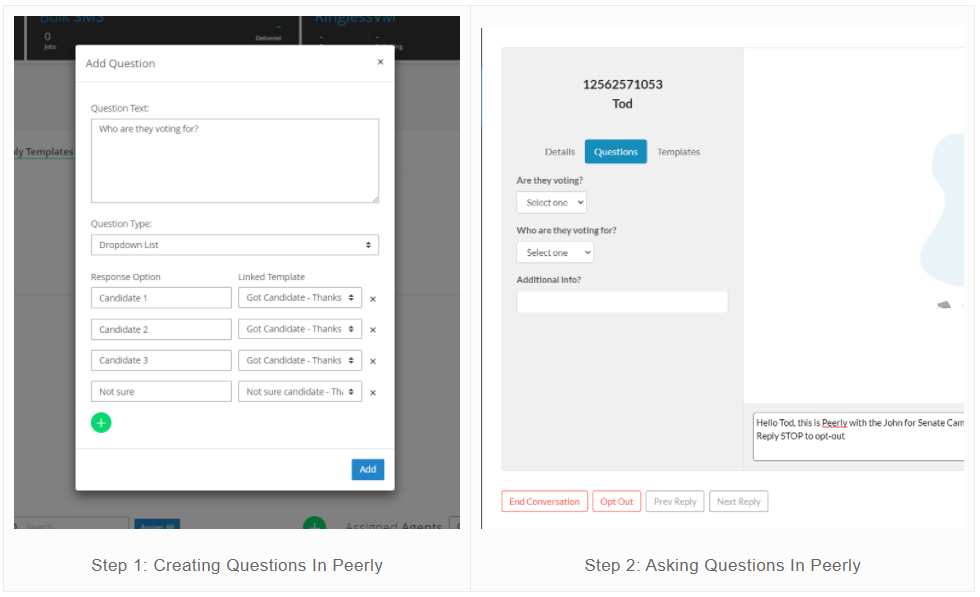
Here are five tips from our experts at Peerly about how to make peer-to-peer texting work for your campaign:
* The most important thing to remember when doing peer-to-peer texting is that you should always be having a conversation. That means no automated messages or canned responses!
Think of it as talking on the phone with someone interested in what you have to say about an important issue. They want to hear what you have to say about the upcoming election. You can also use text messages as reminders for events such as town halls or rallies near where voters live. This will help them ensure they don’t miss out if they are confused about the time or location.
* Be sure not only to include links within your text message but also to include some basic information about what those links contain – ex: “Hey there! I wanted to let you know about a new bill going through the state legislature. Check out this link for more information: [link].”
This will allow voters to learn more about what you’re talking about and help them make an informed decision on Election Day.
* Keep your Peerly messages short. People are more likely to read more concise text messages. They’ll also be less likely to get overwhelmed if there’s a lot of information included. In most cases, two or three sentences should do the trick.
* Make sure that your volunteers know their state’s texting regulations before they start sending messages. Some states have laws governing how many text messages can be sent in a specific timeframe. Your volunteers must stay within those parameters!
* Peerly Texting is a great way to engage with younger voters because it’s their primary form of communication. However, you’ll want to make sure that your volunteers don’t use abbreviations or slang words when texting to alienate older constituents who may not be familiar with text-speak terminology. This will give voters the opportunity they need to learn more about what you’re talking about and help them make an informed decision on Election Day.
Peer-to-peer texting has quickly become an effective way to reach voters. It allows campaigns to communicate directly with potential supporters and encourages them to take action by engaging in two-way conversations. Peer-to-peer text messages are more likely to be read than emails, and they provide a personal connection that can’t be matched by other forms of communication.
Campaigns that use peer-to-peer texting can expect to see several benefits, including:
– Increased voter engagement and turnout
– More donations and volunteer signups
– Better feedback about what voters care about
– If you’re looking to improve your political outreach, peer-to-peer texting is a great place to start.
Examples of successful peer-to-peer texting campaigns
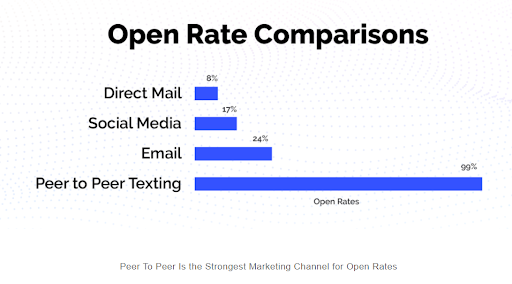
You can use Peerly texting for political outreach in many ways. Some examples include:
* Sending out information about upcoming events or rallies that you’re organizing.
* Polling with Text Surveys
People on what issues are important to them and why they should vote for your candidate (or against another one). These polls could be informal, asking “How do you feel about this issue?” or more formal ones conducted with a survey tool like SurveyMonkey.
This would allow you to understand the opinions of those who might not otherwise participate in political discussions because they don’t have time during their busy day; it also allows them an opportunity to share some thoughts before going into detail at a later date when there’s less pressure from others around them wanting to speak too.
* Running a “call your congressman” campaign where you ask people to make phone calls on an issue that has been brought up in recent news stories or legislation being considered by Congress right now (such as gun control immigration reform).
This is one way of getting constituents involved with their representatives while they’re home during recess periods like August, when few voters tend to be paying attention because it’s summer vacation season!
This could also include sending out messages reminding them about scheduled town hall meetings where elected officials have agreed ahead of time to answer questions from constituents who attend these events – which means everyone would need plenty of notice so that there wouldn’t just be two people showing up at each location: one representative with their staff member(s) plus another person who wasn’t even aware there was going be an event near them that day/time.
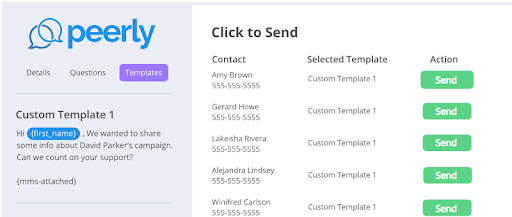
Organizing volunteers for canvassing efforts in neighborhoods where voters might not otherwise see any signs supporting their preferred candidate or party affiliation (such as low-income areas, rural communities).
This would allow candidates or committees running field operations targeting specific groups which do not typically support them to reach those people directly through peer-to-peer messaging rather than relying on mailers sent out from headquarters, which everyone within the neighborhood doesn’t always receive due to factors like being at work when they’re delivered and left outside instead of inside homes (or apartment buildings with locked doors).
It also helps cut costs since these messages are cheaper than sending physical materials through the mail.
There are many other potential applications for peer-to-peer texting in politics, but these give you a good idea of how it can be used to reach out to people who might not otherwise get involved.
As campaigns and committees continue to experiment with using this technology, we’ll see even more exciting innovations being developed!
So stay tuned… 🙂
To learn more about peer-to-peer texting for political outreach strategy or two-way text messaging solutions for your organization, please contact us at [email protected] or visit our website at www.peerly.com
Thank you for reading!

